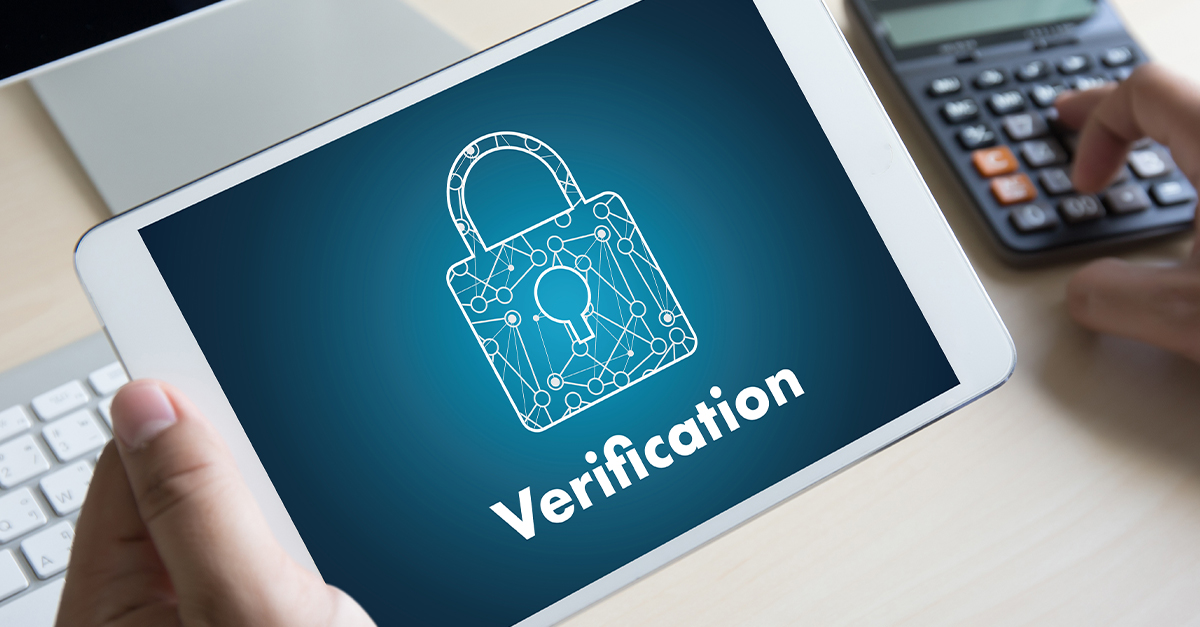
There is no doubt that the internet is a great platform for businesses to thrive. It has helped not only expand the reach of companies but also offer more value to their customers. However, various loopholes in the online world make it easy for people with bad intentions to exploit businesses and their customers. Here’s how you can use an identity verification platform to eliminate these possibilities:
Profile-based filtering
Profile-based filtering is mostly used for KYC purposes. This method of filtering allows organizations to check the accuracy of an applicant’s identity and make sure that it doesn’t contain any inconsistencies. For example, if you get a call from a financial institution asking for your ID details, you may need to provide them with some information from your financial statements. These platforms often require users to register using their social media profiles which means that they know who you are before allowing access into other areas where sensitive documents can be viewed by unauthorized people such as hackers or fraudsters.
The process involves confirming basic information such as name, address, date of birth, etc., but also includes validating the existence of social media accounts like Twitter or Instagram (if those were provided).
Document-based filtering
Document-based verification uses documents to verify the identity of an individual. Documents are verified against a list of valid documents, invalid documents, and acceptable documents. Documents are checked for some reasons including:
- Verifying if it is fake or not
- Verifying if it is in use by someone else
- Verifying that it has not expired
ID to address check
One of the most important steps in identity verification is checking an ID against an application. If you’ve done this check, then you should have a good idea of whether or not an identity is real.
Next, it’s important to check the address on an ID against other sources. There are three places you can check:
- The address listed on the application (if one exists)
- The credit report (if one exists)
- A social media profile (if one exists)
IDs through biometric check
Biometric data is the key to identity verification. It is the most reliable and accurate way to verify your identity, which means that it’s unique to each individual and not easily stolen or forged. Biometrics should be used by all businesses looking to reduce fraud and protect user privacy, as they are:
- Unique – Every person has different biometric data points (e.g., fingerprints), so they can’t be faked or copied from another person;
- Not easy to steal – Your fingerprint won’t be visible on your desk every time you use it;
- Not easy to change – You don’t need a new set of fingerprints when your fingers change shape over time because of injuries or age;
The most common form of biometric used for electronic ID cards today is fingerprint recognition technology, although there are other options such as voice recognition software that could also be employed in this manner of identity verification is needed.
IDs through face matching and liveness detection
ID verification software identifies a person based on facial recognition. The program runs algorithms to compare the face in the picture with that of the user, thus determining if they are the same.
Face detection software is also used to determine whether a person is alive or not by analyzing their eyes, mouth, nose, and other parts of their face.
This type of software can be used for other purposes as well:
- to create digital avatars from real people’s images
- create realistic photorealistic renderings for video games
The above-mentioned filtering solutions can help implement the best identity verification platform for your business. The solution should be able to provide a single access point where users can self-service KYC (Know Your Customer) and AML (Anti-Money Laundering) compliance requirements while providing a streamlined, intuitive user experience.

